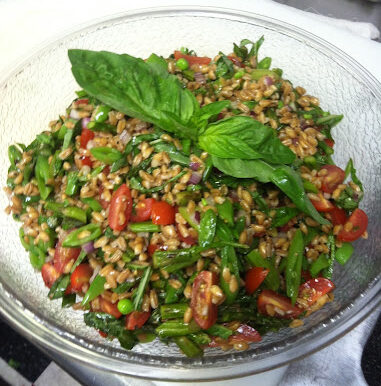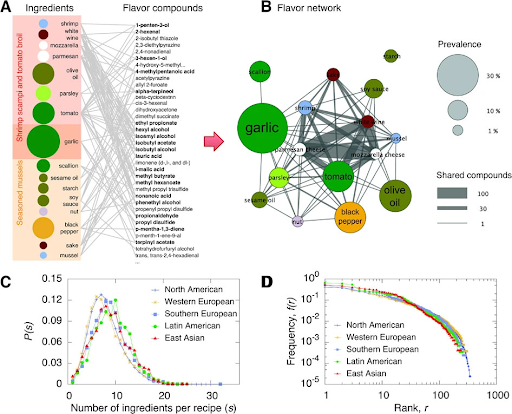Archeology and Taste
 Eating the Ancient.
Eating the Ancient.
Archaeology reveals the basics of ancient meals from old bones, cookware, and plant remains, but the flavor is more mysterious, as it was often influenced by seasonings, preparation methods, and flavor factors that have since disappeared, changed, or remain to be discovered. When future civilizations discover petrified Circus Peanuts from our culture, will they necessarily deduce that these polarizing candies were once soft-ish and banana-flavored, despite their orange appearance? Advancements in tech and knowledge have allowed us to learn more about how our ancient ancestors used to eat and also more specifically what the food tasted like.
Is Paleo Really Paleo?
People try to stay open-minded, but there were some raised eyebrows when the so-called Paleo Diet first hit the trend mill. Physical anthropologists and archaeologists were among the skeptics, applauding people seeking alternatives to an unhealthy diet but questioning the nomenclature of something “paleolithic” (stone age) in our current, postmodern Holocene age. Perhaps it’s good to assume positive intent and credit the paleo eaters for trying to get back to basics (getting back to basics is a philosophy of Bex Kitchen). Where today’s paleo eating might go wrong is exactly what the idea of the “Flavor Principle” (Rozin, 1970) brings up: recreating ancient conditions authentically enough for us to understand the culinary past.
The Importance of the Senses
If you’ve followed recent developments in archaeology and genetic advancements, you’ll notice a trend: when scientists thaw out or reconstruct an ancient animal, one of the first things people want to do is… eat it. This isn’t simple hunger or lowly behavior: this is a testament to how important our sense of taste is and passing new or mysterious things through our body. Food may taste one way at first bite but have an aftertaste, or it may seem fine at the moment but not sit well for some reason. Our digestive system is 30 feet long and food is an experience.
Proteomics and Changing Tastes 
Proteomics is the study of how chemical and molecular reactions occur over time, studied via molecular analysis. It takes archaeology one level deeper and gets us closer to the true flavors of ancient eats. Some of the differences are subtle but help develop one’s fine-tuned palette, such as the difference between beef and bison meat (bison having a leaner, richer, slightly gameyer aspect). Chef Becky has a well-developed palette from years in the culinary industry. This palette ultimately benefits her customers!
Why the Past is Important
Eating the ancient is important because it not only connects our present to our past but allows us to truly experience the awesomeness of time – literally, with a sense of awe – and how long humanity has been around. Humans haven’t invented or worked the bugs out of time travel, so ancient food analysis is a way to do culinary time travel. It’s also just plain fun, a science that all ages and generations can relate to since everyone eats. People are amazed to discover colonial food or how much food changed from the beginning to the end of the 20th century, but just imagine having a meal on the African Savannah of old, or gathering with Neanderthals for the all-important communal meal. The fusion of science and the culinary arts brings us one step closer.
Ancient Flavors at Bex
At Bex Kitchen, Chef Becky is always open-minded to new flavors, approaches to cooking, and staying current in the field. Chef Becky uses ancient grains when the recipe calls, including farro, bulgur wheat, barley, and especially quinoa, a key ingredient in many of her dishes and bars. “Quinoa is a grain we use heavily here at Bex,” she says. “It’s easy to use, tasty, light, fluffy, nutritious, and versatile with a host of ingredients! Quinoa is a great grain to use in our philosophy of straightforward, simple, earthy, yummy eating.”
Check out our menu, where the Chef continually imports influences from not only around the world but through time!

Photo courtesy Nature.com







